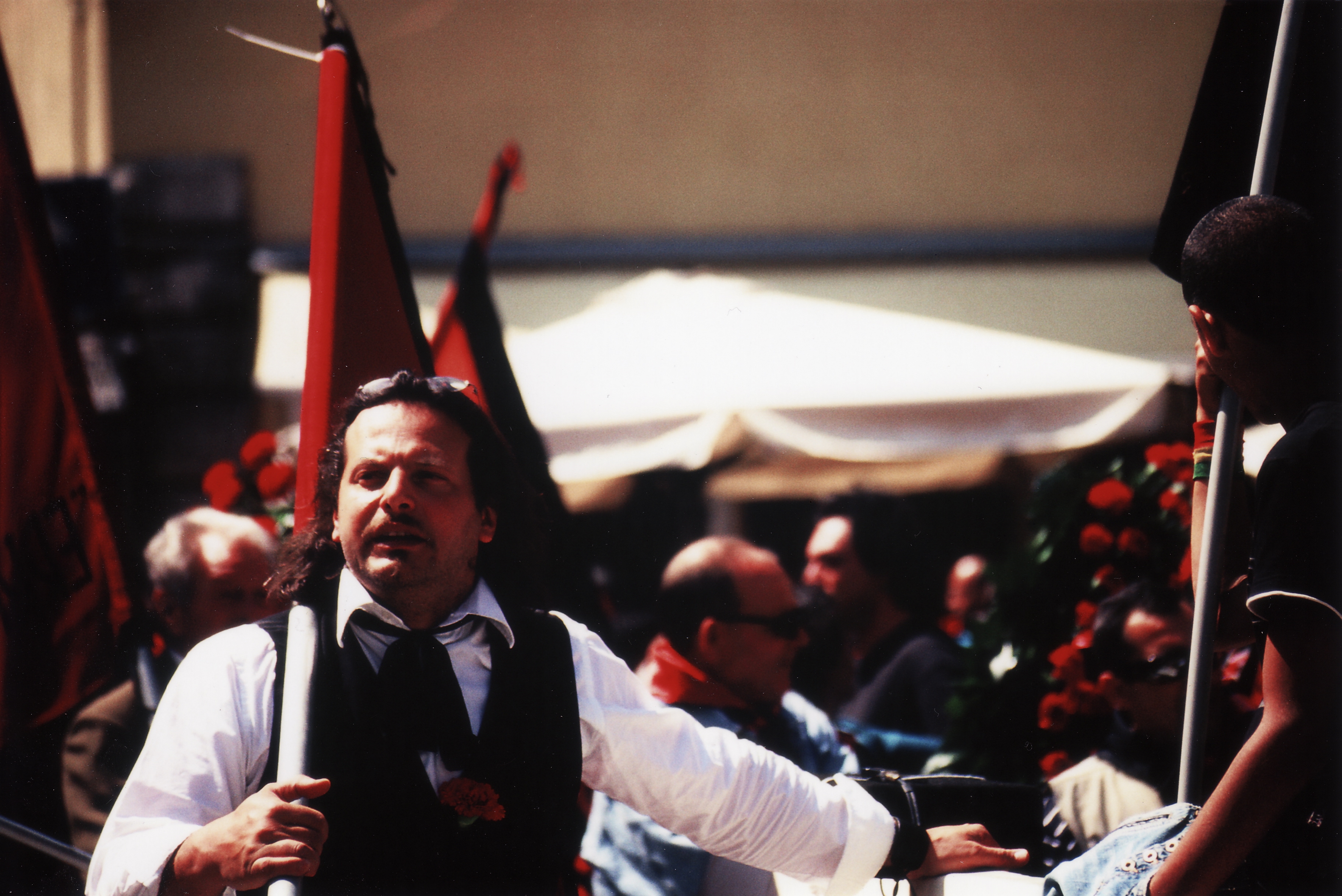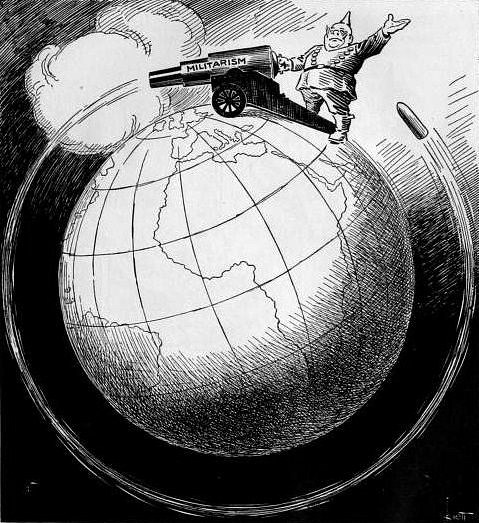|
Germaine Berton
Germaine Berton (7 June 1902, in Puteaux – 6 July 1942, in Paris) was a French anarchist and trade unionist. She is known for the murder of Marius Plateau, an editor for the '' Action Francaise'' journal and a leader in the royalist organisation Camelots du Roi, in January 1923. Germaine Berton was defended by Henri Torrès during her trial and surrealists have used her mugshot in a number of art pieces. Despite confessing, Berton was acquitted on 24 December, 1923. Berton stopped engaging with anarchist organizations following a subsequent arrest in 1924. In 1925, Berton married Paul Burger, a painter before leaving him in 1935 for René Coillot, a printer. She died in 1942 due to an intentional overdose. Childhood Germaine Jeanne Yvonne Berton was born in Puteaux on June 7, 1902, to a working class family. Her father was a mechanic, Republican, Freemason, follower of Jean Jaurès and an anticlerical activist. Her mother was a congregational teacher. Through her father ... [...More Info...] [...Related Items...] OR: [Wikipedia] [Google] [Baidu] |
Puteaux
Puteaux () is a commune in the western suburbs of Paris, France. It is located in the heart of the Hauts-de-Seine department, from the centre of Paris. In 2016, it had a population of 44,941. La Défense, Paris's business district hosting the tallest buildings in the metropolitan area, spreads over the northern part of Puteaux and parts of the neighbouring communes Courbevoie and Nanterre. The inhabitants of Puteaux are called ''Putéoliens'' in French. History In 1148 Abbot Suger, the chief minister of kings Louis VI and Louis VII, established a landed estate named ''Putiauz'', which went on to become a village of the same name. Suger also founded other settlements in the area, such as Carrières-sur-Seine, Vaucresson, anc Villeneuve-la-Garenne, with the aim of attracting people into the region. This was reinforced by certain privileges which Suger granted to the inhabitants. The name ''Putiauz'' is likely to have come from the old French ''Putel'', meaning a "quagmire" ... [...More Info...] [...Related Items...] OR: [Wikipedia] [Google] [Baidu] |
Anti-clericalism
Anti-clericalism is opposition to religious authority, typically in social or political matters. Historical anti-clericalism has mainly been opposed to the influence of Roman Catholicism. Anti-clericalism is related to secularism, which seeks to separate the church from public and political life. Some have opposed clergy on the basis of moral corruption, institutional issues and/or disagreements in religious interpretation, such as during the Protestant Reformation. Anti-clericalism became extremely violent during the French Revolution because revolutionaries claimed the church played a pivotal role in the systems of oppression which led to it. Many clerics were killed, and French revolutionary governments tried to put priests under the control of the state by making them employees. Anti-clericalism appeared in Catholic Europe throughout the 19th century, in various forms, and later in Canada, Cuba, and Latin America. According to the Pew Research Center several post-communist ... [...More Info...] [...Related Items...] OR: [Wikipedia] [Google] [Baidu] |
Saint-Lazare Prison
Saint-Lazare Prison was a prison in the 10th arrondissement of Paris, France. History Originally a leprosarium was founded on the road from Paris to Saint-Denis at the boundary of the marshy area of the former River Seine bank in the 12th century. It was ceded on 7 January 1632 to St. Vincent de Paul and the Congregation of the Mission he had founded. At this stage, it became a place of detention for people who had become an embarrassment to their families: an enclosure for "black sheep" who had brought disgrace to their relatives. The prison was situated in the ''enclos Saint-Lazare'', the largest enclosure in Paris until the end of the 18th century, between the Rue de Paradis to its south, the Rue du Faubourg-Saint-Denis to its east, the Boulevard de la Chapelle to its north and the Rue Sainte-Anne to its west (today the Rue du Faubourg Poissonnière). Its site is now marked by the Church of Saint-Vincent-de-Paul. The building was converted to prison at the time of the R ... [...More Info...] [...Related Items...] OR: [Wikipedia] [Google] [Baidu] |
Germaine Berton
Germaine Berton (7 June 1902, in Puteaux – 6 July 1942, in Paris) was a French anarchist and trade unionist. She is known for the murder of Marius Plateau, an editor for the '' Action Francaise'' journal and a leader in the royalist organisation Camelots du Roi, in January 1923. Germaine Berton was defended by Henri Torrès during her trial and surrealists have used her mugshot in a number of art pieces. Despite confessing, Berton was acquitted on 24 December, 1923. Berton stopped engaging with anarchist organizations following a subsequent arrest in 1924. In 1925, Berton married Paul Burger, a painter before leaving him in 1935 for René Coillot, a printer. She died in 1942 due to an intentional overdose. Childhood Germaine Jeanne Yvonne Berton was born in Puteaux on June 7, 1902, to a working class family. Her father was a mechanic, Republican, Freemason, follower of Jean Jaurès and an anticlerical activist. Her mother was a congregational teacher. Through her father ... [...More Info...] [...Related Items...] OR: [Wikipedia] [Google] [Baidu] |
Anarchism In France
Anarchism in France can trace its roots to thinker Pierre-Joseph Proudhon, who grew up during the Restoration and was the first self-described anarchist. French anarchists fought in the Spanish Civil War as volunteers in the International Brigades. According to journalist Brian Doherty, "The number of people who subscribed to the anarchist movement's many publications was in the tens of thousands in France alone." History The origins of the modern anarchist movement lie in the events of the French Revolution, which the historian Thomas Carlyle characterized as the "open violent Rebellion, and Victory, of disimprisoned Anarchy against corrupt worn-out Authority". Immediately following the storming of the Bastille, the communes of France began to organize themselves into systems of local self-government, maintaining their independence from the State and organizing unity between communes through federalist principles. Direct democracy was implemented in the local districts o ... [...More Info...] [...Related Items...] OR: [Wikipedia] [Google] [Baidu] |
Direct Action
Direct action originated as a political activist term for economic and political acts in which the actors use their power (e.g. economic or physical) to directly reach certain goals of interest, in contrast to those actions that appeal to others (e.g. authorities), by, for example, revealing an existing problem, highlighting an alternative, or demonstrating a possible solution. Both direct action and actions appealing to others can include nonviolent and violent activities that target persons, groups, or property deemed offensive to the action participants. Nonviolent direct action may include sit-ins, strikes, and counter-economics. Violent direct action may include political violence, assault, arson, sabotage, and property destruction. By contrast, electoral politics, diplomacy, negotiation, and arbitration are not usually described as direct action since they are electorally mediated. Nonviolent actions are sometimes a form of civil disobedience and may involve a d ... [...More Info...] [...Related Items...] OR: [Wikipedia] [Google] [Baidu] |
French Communist Party
The French Communist Party (french: Parti communiste français, ''PCF'' ; ) is a political party in France which advocates the principles of communism. The PCF is a member of the Party of the European Left, and its MEPs sit in the European United Left–Nordic Green Left group. Founded in 1920, it participated in three governments: the provisional government of the Liberation (1944–1947), at the beginning of François Mitterrand's presidency (1981–1984), and in the Plural Left cabinet led by Lionel Jospin (1997–2002). It was also the largest party on the left in France in a number of national elections, from 1945 to 1960, before falling behind the Socialist Party in the 1970s. The PCF has lost further ground to the Socialists since that time. From 2009, the PCF was a leading member of the Left Front (''Front de gauche''), alongside Jean-Luc Mélenchon's Left Party (PG). During the 2017 presidential election, the PCF supported Mélenchon's candidature; however, tensio ... [...More Info...] [...Related Items...] OR: [Wikipedia] [Google] [Baidu] |
Saint-Pierre-des-Corps
Saint-Pierre-des-Corps () is a commune in the French department of Indre-et-Loire, Centre-Val de Loire, France. It is located about 4 km (2.5 mi) from Tours. During the French Revolution, it was called ''La Clarté-Républicaine''. Population Transportation Located on the eastern edge of Tours, Saint-Pierre-des-Corps station is a major hub in the French railway network, connecting the LGV Atlantique, used by high-speed trains traveling from Paris to Nantes, Bordeaux, and Toulouse. The station at Tours itself is a terminus station through which trains cannot pass, so trains that do not terminate at Tours tend to avoid it entirely, leaving Saint-Pierre-des-Corps as the principal long distance station for the entire metropolitan area. See also *Communes of the Indre-et-Loire department The following is a list of the 272 communes of the Indre-et-Loire department of France. The communes cooperate in the following intercommunalities (as of 2020): [...More Info...] [...Related Items...] OR: [Wikipedia] [Google] [Baidu] |
Confédération Générale Du Travail-Syndicaliste Révolutionnaire
The Confédération Générale du Travail-Syndicaliste Révolutionnaire (General Confederation of Revolutionary Trade Unions) was a trade union federation in France founded in 1926 by Pierre Besnard with the help of the Spanish CNT. It was affiliated to the International Workers' Association. It was an anarchist split from the Confédération générale du travail unitaire (CGT-U) and was made illegal in 1939. Theoretical Legacy Its legacy comprises the charter of Lyons, which founded anti-political syndicalism. Syndicalist Activity It took part in the major struggles of its time, like anti-colonialism, the strikes of June 1936 in France, or the support to Spanish Republicans during the Spanish Civil WarDurruti in the Spanish revolution, Abel Paz, José Luis Gutiérrez Molina, Chuck Morse, Tr. Chuck Morse, AK Press, 2007, , 9781904859505, page 134. and the resistance to the Nazis. The CGT-SR actively opposed French colonialism, both in Algeria and in France. For the occa ... [...More Info...] [...Related Items...] OR: [Wikipedia] [Google] [Baidu] |
Antimilitarism
Antimilitarism (also spelt anti-militarism) is a doctrine that opposes war, relying heavily on a critical theory of imperialism and was an explicit goal of the First and Second International. Whereas pacifism is the doctrine that disputes (especially between countries) should be settled without recourse to violence, Paul B. Miller defines anti-militarism as "ideology and activities...aimed at reducing the civil power of the military and ultimately, preventing international war". Cynthia Cockburn defines an anti-militarist movement as one opposed to " military rule, high military expenditure or the imposition of foreign bases in their country". Martin Ceadel points out that anti-militarism is sometimes equated with pacificism—general opposition to war or violence, except in cases where force is deemed necessary to advance the cause of peace.Martin Ceadel, 'Thinking about peace and war''. Oxford, Oxford University Press, 1987. , p. 101. Distinction between antimilitarism and pacif ... [...More Info...] [...Related Items...] OR: [Wikipedia] [Google] [Baidu] |
Loire
The Loire (, also ; ; oc, Léger, ; la, Liger) is the longest river in France and the 171st longest in the world. With a length of , it drains , more than a fifth of France's land, while its average discharge is only half that of the Rhône. It rises in the southeastern quarter of the French Massif Central in the Cévennes range (in the department of Ardèche) at near Mont Gerbier de Jonc; it flows north through Nevers to Orléans, then west through Tours and Nantes until it reaches the Bay of Biscay (Atlantic Ocean) at Saint-Nazaire. Its main tributaries include the rivers Nièvre, Maine and the Erdre on its right bank, and the rivers Allier, Cher, Indre, Vienne, and the Sèvre Nantaise on the left bank. The Loire gives its name to six departments: Loire, Haute-Loire, Loire-Atlantique, Indre-et-Loire, Maine-et-Loire, and Saône-et-Loire. The lower-central swathe of its valley straddling the Pays de la Loire and Centre-Val de Loire regions was added to the World ... [...More Info...] [...Related Items...] OR: [Wikipedia] [Google] [Baidu] |




.jpg)

